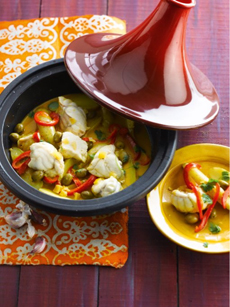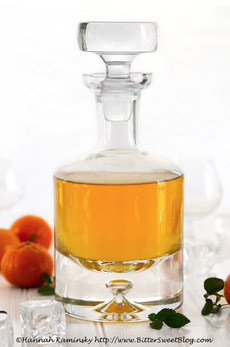|
Artisan Bread In Five Minutes A Day, a blog by Jeff Hertzberg and Zoe Francois, inspires people to make homemade bread, like these adorable brioche bunny rolls.
It’s a standard roll shape; some dough has been pushed up to make ears, up and holes have been poked for eyes.
Ah, such delicious creativity! We wish they had a bakery…but even if they did, it would be far from us, in Minneapolis.
Instead, we can buy Artisan Bread in Five Minutes a Day: The Discovery That Revolutionizes Home Baking. Buy a copy for yourself, for Mother’s Day or Father’s Day gifts, or to inspire someone who enjoys cooking to discover the joys of baking bread.
Jeff Hertzberg, an M.D., grew up eating great bread and pizza in New York City and parlayed his enthusiasm for them into a second career as an author.
Zoë François trained as a pastry chef at the Culinary Institute of America and is a teacher, recipe developer for The Cooking Channel, Fine Cooking Magazine and other outlets, plus her wonderful blog, ZoeBakes.com.
|
|

The perfect bread for Easter dinner. Photo courtesy ArtisanBreadInFive.com.
|








